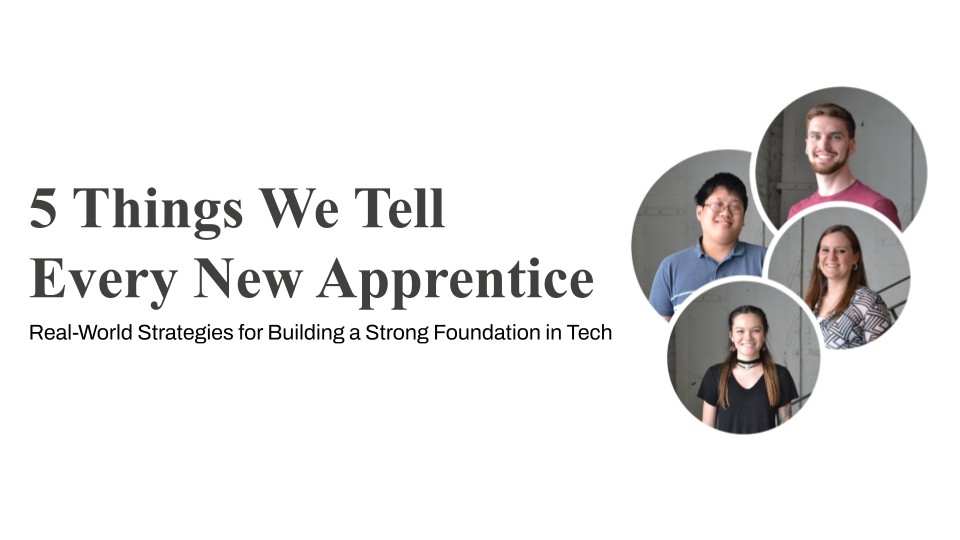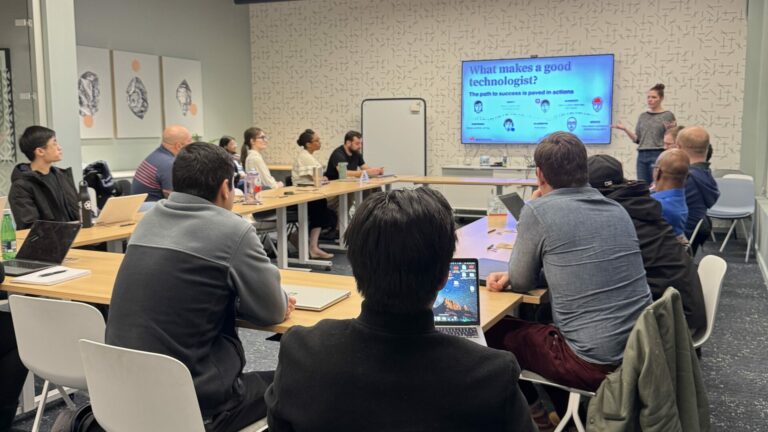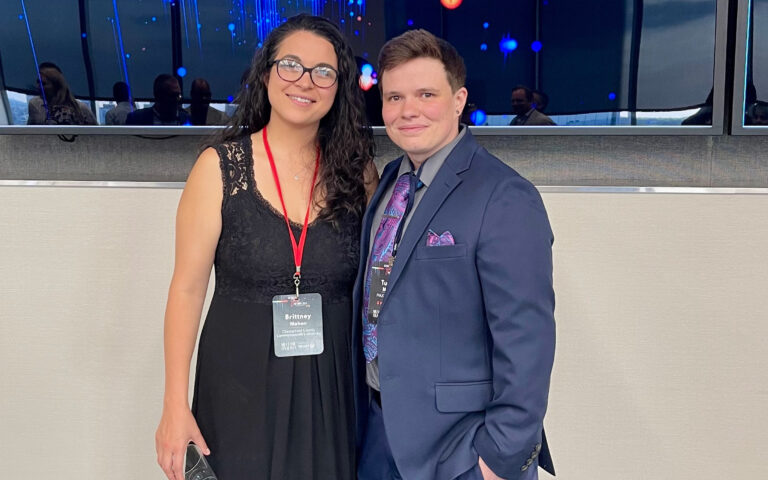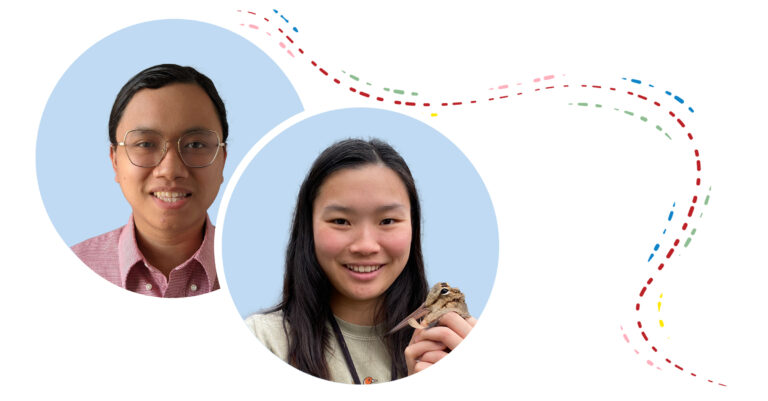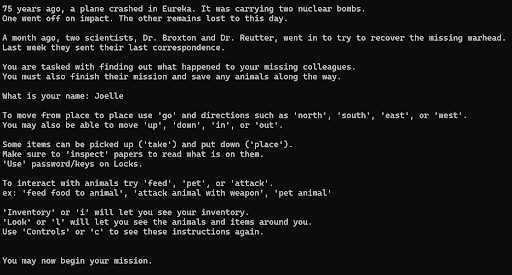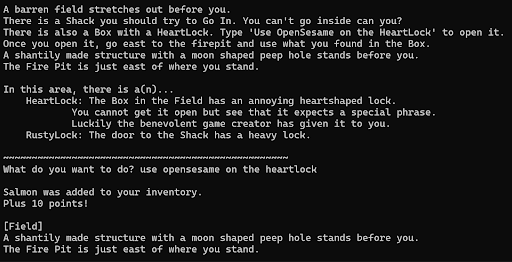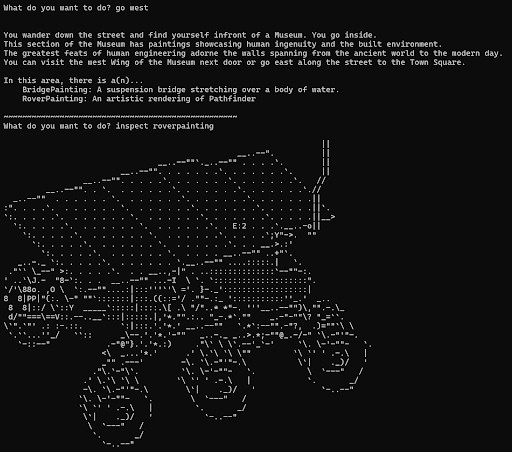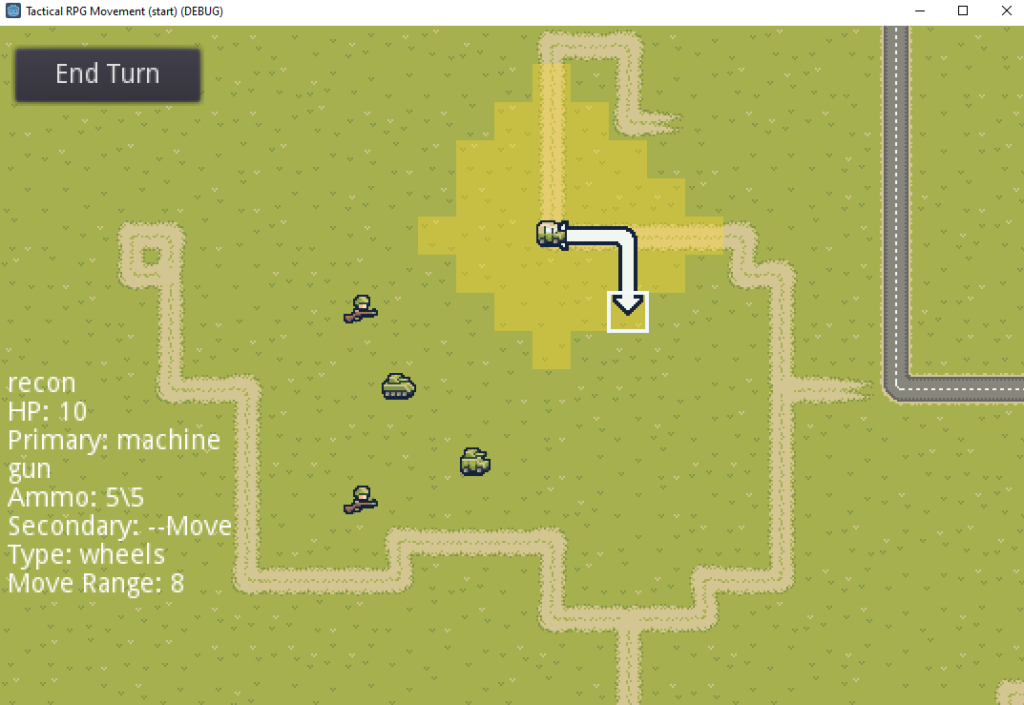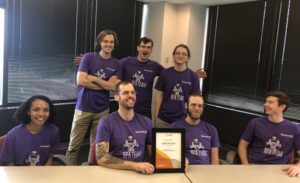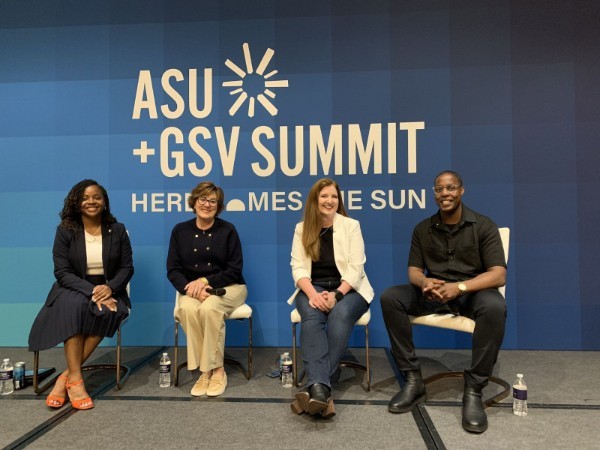Trick or Treat: What Real-World Tech Work Looks Like vs. What People Expect
Unmasking Myths About Tech Careers
By MAXX Potential
- Posted:
- Apprenticeship

Trick or treat — is working in technology anything like its stereotypes? From TV shows to memes, tech jobs have earned a certain mystique: dark rooms, glowing screens, and lone geniuses typing away. But here’s the trick; most of that’s fiction. The real treat is that tech is far more collaborative, creative, and people-focused than most imagine.
One way to jump into the tech field and shake the misconceptions is to explore hands-on tech experiences, such as the MAXX Potential Career Lab.
3 Common Misconceptions: The “Tricks” That Fool Us About Tech
Trick or Treat: You Need to be a Math or Coding Prodigy.
Trick! It sure does seem that technology attracts the math nerds among us, and if you’ve ever considered a technical degree, you likely believe you have to choose between options such as Computer Science or Applied Mathematics. This only deepens the idea that all technologists are wizards at math and coding.
While strength in math, logic, and science certainly help, technology today extends far beyond coding. Many successful technologists start in unexpected fields like psychology, art, or English. Michael Macy, Goldwin Smith Professor of Arts and Sciences in sociology and director of the Social Dynamics Laboratory, explains why Tech companies favor CU social science grads, “Not only do social scientists have training in network analysis, but tech companies are interested in things like community, identity, political polarization and fake news, and they realize that social scientists are more likely to be exposed to the most important research coming out about topics like these.”
Trick or Treat: Tech Work is Isolating
Trick! Technical work is often viewed as solo work where someone goes into their office and codes by themselves for hours at a time. They toil alone. And they only emerge once they’ve coded thousands and thousands of lines, creating the perfect project.
In reality, technical work requires collaboration and communication. No matter the tasks of the technical job, the technologist is often part of a team with a supervisor, and there are times for cross-department teamwork. For example, a software developer might work with a designer to refine the look of an app and with a data analyst to ensure it performs efficiently. Together, they might use an Agile process, holding short daily check-ins, reviewing progress in sprints, and adjusting priorities as needed, to solve problems and create effective solutions. Throughout the process, the technologist communicates regularly with their supervisor about tasks, barriers, and successes to keep the work aligned with team goals.
Trick or Treat: The Only Tech Job is Software Development
Trick! Software development dominates the tech job market. It’s flashy and has become a well-known tech job beyond the field. Many new learners name Software Developer/Engineer as their go-to dream role before they understand the breadth of options within tech.
The tech industry offers a wide variety of roles and tech-related options. The field includes everything from business analysis to UX design, cybersecurity, and project coordination. Some tech categories to explore for jobs include data and analytics, infrastructure, networking, IT management, and emerging technologies. And don’t forget the power of career switchers with their transferable skills, such as communication, creativity, and adaptability, that translate well to technology roles (3 Jobs that Transition into Data Analytics Careers).
The “Treat” of What Real-World Tech Work Actually Looks Like
Every industry carries the weight of stereotypes and misconceptions, and when you’re considering the idea of joining an industry, it’s time to ask what’s behind the mask. Beyond the big misconception that technologists are reclusive with poor soft skills, the tech industry needs people with strong soft skills as much as the next industry.
Soft skills smooth the way for the ongoing collaboration between teams and departments. Most technologists work alongside other professionals and need to communicate with people who may not share the same technical vocabulary. For example, a cybersecurity analyst might explain a potential system vulnerability to a marketing manager in plain language, helping them understand the risk without diving into complex technical terms. Strong communication and empathy help bridge the gap between technical and non-technical audiences.
Adaptability paves the way for success in technology because tech is constantly changing. For example, a systems administrator who once managed on-prem servers might now be learning to optimize cloud infrastructure as organizations shift to new platforms. Even the most stable roles within technology will be impacted by the discoveries and efficiencies of emerging tech. Flexing curiosity to explore and learn about new technology will keep technologists relevant. Don’t settle for “this is how it’s always been done.”
Creativity plays a larger part in technology than some might believe. Technology often involves building and improving systems, and with thoughtful imagination and experimentation, technologists can find new ways of doing things. Being able to ask “why” and exploring the answers can lead to new discoveries.
Hands-On Learning: Seeing the Real Picture of Technology Early
Now that you know what real tech work looks like, here’s how to experience it. Most turn to the internet for a search to learn about technology, and that’s a great start. Aspiring technologists might find internships, online tutorials, or jump into a project on their own. All of these options are good ones.
MAXX Potential offers a snapshot of the tech industry with a Career Lab or Open House session. The Career Lab focuses on different areas of technology, often providing a hands-on exploration of one of these areas. For the Open House, participants learn about the different areas of technology and can ask their questions. Both sessions allow aspiring technologists to see firsthand how their interests might fit into the tech field.
Hands-on experiences turn curiosity into clarity. Whether through MAXX Potential’s Career Lab, an Open House, or an online tutorial, real-world exposure helps you discover which parts of tech spark your interest and which roles fit your strengths.
The Real Treat of Tech Careers
Real-world tech work thrives on curiosity, problem-solving, and teamwork—not perfection or preconceived stereotypes. The beauty of the technology field is that there are many roles that range from very technical to technical-adjacent or support roles. Nearly anyone who is passionate about technology can find an area of tech to thrive in. Before you start submitting your resume everywhere, dive into opportunities such as Career Lab to discover what tech work really feels like.
The real treat? Tech welcomes the curious. Whether you’re exploring a new career path or helping students do the same, the field rewards those who ask questions, jump into learning, and collaborate boldly.
Make an InsideMAXX profile and then register for a Career Lab or Open House session that fits your schedule. Many of these opportunities are virtual, and we do occasional in-person sessions.
MORE POSTS
Alumni Success Story with Jay Spanos, Support Engineer at Synergy Technical
Unmasking Myths About Tech Careers
Inside the Internship Experience and How It Prepares Students for the Future






